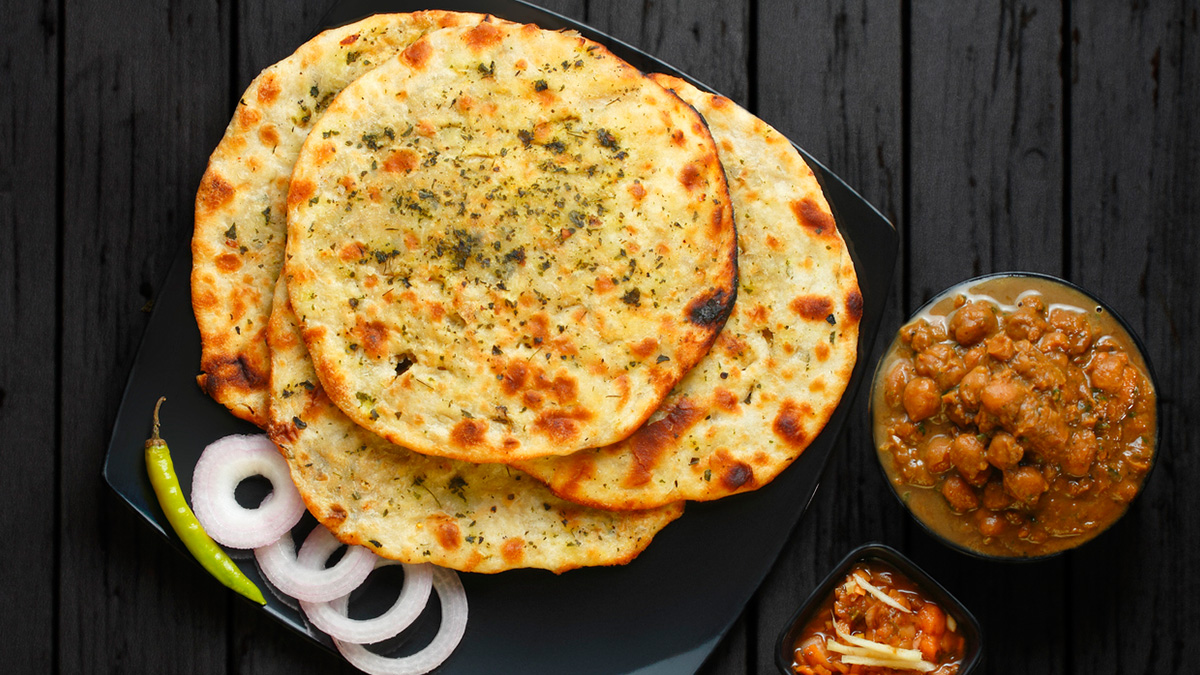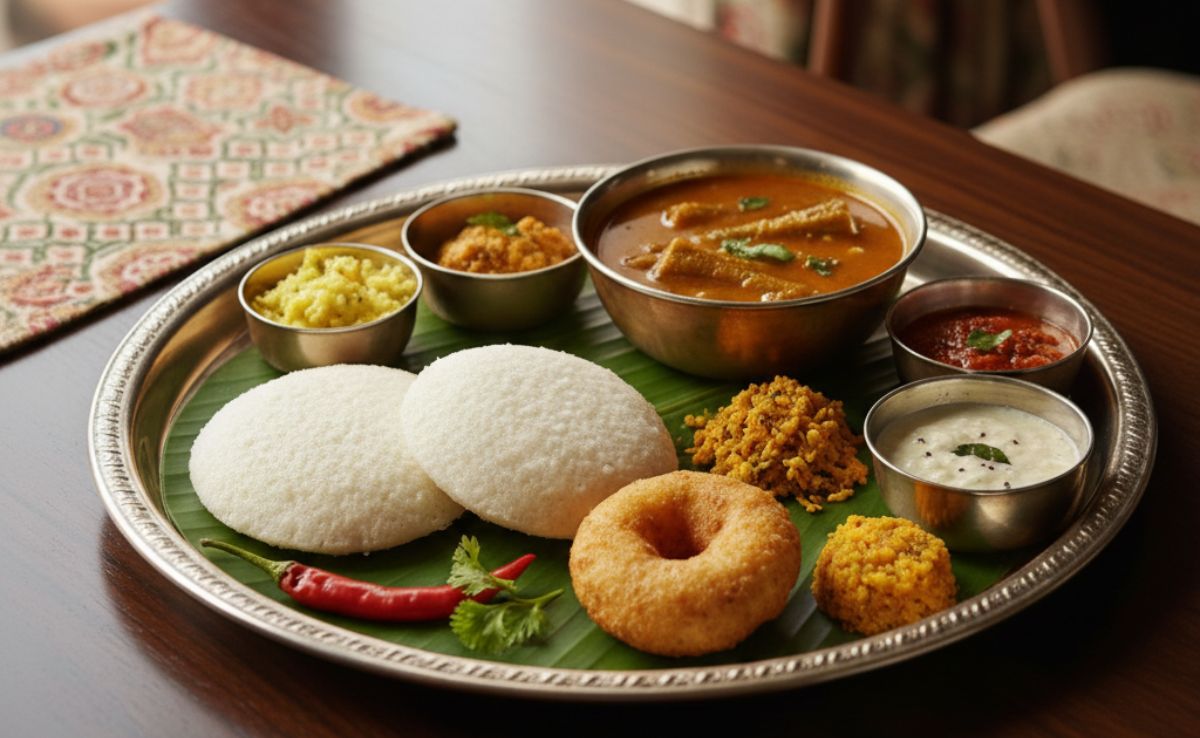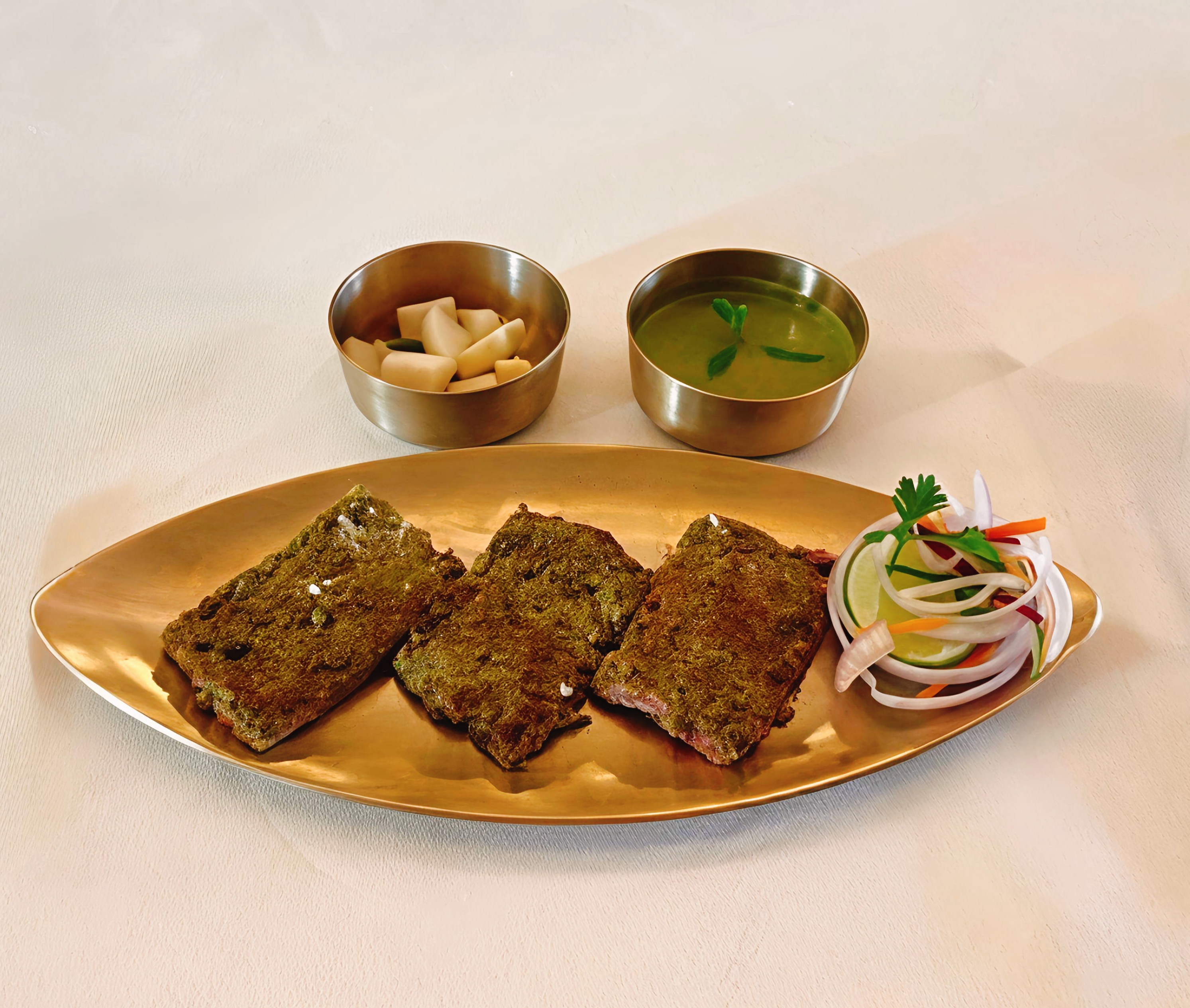When it comes to cooking, the utensils you use can significantly impact the final dish. Ever wondered why your homemade stir-fry does not quite taste like the one from your favourite restaurant? Or why your mother's sabzi always has the perfect balance of flavours? The answer often lies in the cookware. While many are familiar with common kitchen utensils, two pans – the kadhai and the wok – are frequently confused. At first glance, they might look similar since both are deep and curved, but are they really the same? If you are new to cooking or simply want to refine your knowledge of essential cookware, this guide breaks down the key differences between a kadhai and a wok.
Also Read:5 Easy DIY Tips To Make Your Brass Utensils Squeaky Clean

Photo: Pexels
Wok vs Kadhai: What Is The Difference?
1. Shape and Design: How Their Structure Affects Cooking
Kadhai:
A kadhai, widely used in Indian cooking, has a deeper, more rounded base with steep sides. It is typically heavier and made from materials like stainless steel, cast iron, or aluminium. Most kadhais have two small loop handles on the sides, offering stability while stirring thick gravies and heavy curries.
Wok:
A staple in Asian cuisine, a wok has a wider base with sloping sides. Traditional woks have round bottoms, but modern ones often feature a flat base for compatibility with contemporary stovetops. Unlike a kadhai, a wok usually has a single long handle, which provides a better grip for tossing and stir-frying.
2. Cooking Techniques: What Each Pan Is Best For
Kadhai:
A kadhai is ideal for slow cooking, deep frying, and making rich, flavourful gravies. Its deeper base ensures that food is submerged in oil or liquid, making it perfect for frying samosas, pakoras, and cooking curries and lentils. Indian dishes like chole, dal makhani, and paneer butter masala are often prepared in a kadhai for their depth of flavour.
Wok:
Thanks to its unique shape, a wok is best suited for high-heat stir-frying and quick-cooking techniques. The sloped sides allow ingredients to be tossed easily, ensuring even cooking without excess moisture. This is why woks are commonly used for dishes like chow mein, fried rice, and stir-fried vegetables. Asian recipes, including Thai stir-fries, Szechuan noodles, and crispy tofu, work well in a wok due to its ability to cook food rapidly over intense heat.

Photo: Pexels
3. Heat Distribution: How They Retain and Spread Heat
Kadhai:
A kadhai retains heat well, making it suitable for slow-cooked dishes that require consistent temperatures. It works best over moderate to high heat and does not require frequent stirring. Thick gravies and curries benefit from the kadhai's ability to hold heat, ensuring a well-blended, rich taste.
Wok:
A wok heats differently compared to a kadhai. It requires high heat and rapid movements while cooking. The sloping design creates a naturally hot zone at the bottom, while the sides allow ingredients to be pushed upwards to prevent overcooking. This makes it perfect for flash-cooking meats and vegetables while preserving their crisp texture.
4. Material and Durability: What They Are Made Of
Kadhai:
Traditional kadhais are made from cast iron, stainless steel, or aluminium. Cast iron kadhais hold heat well and enhance flavour over time, making them ideal for slow-cooked Indian dishes. Stainless steel kadhais are easier to maintain, while non-stick versions are preferred for low-oil cooking.
Wok:
Woks are traditionally made from carbon steel, cast iron, or stainless steel. Carbon steel woks heat up quickly and develop a natural non-stick surface over time, making them a favourite for professional chefs. Non-stick woks are also available, but they do not handle high heat as effectively as carbon steel.

Photo: Pexels
5. Stovetop Compatibility: Which Pan Works Best On What?
Kadhai:
A kadhai is versatile and works well on gas stoves, induction cooktops, and even traditional clay ovens. Heavier kadhais, like cast iron ones, require steady heat sources, while stainless steel kadhais heat quickly and are suitable for modern kitchens.
Wok:
Traditional woks with a round bottom are best suited for gas stoves, where the flames can surround the pan evenly. Flat-bottomed woks have been designed for use on induction cooktops and electric stoves, ensuring better heat distribution on modern appliances.
6. Ease of Use and Maintenance: Which One Is Easier to Handle?
Kadhai:
A kadhai's two small handles provide a firm grip, but its heavier weight makes it slightly difficult to manoeuvre, especially when filled with hot oil or curries. Cleaning depends on the material—cast iron kadhais require seasoning, while stainless steel and non-stick kadhais are easier to wash.
Wok:
A wok's single long handle allows for easier tossing, making it the preferred choice for high-motion cooking. However, carbon steel woks require seasoning and maintenance to prevent rusting. Non-stick woks are easier to clean but may not handle high heat as well as traditional options.

Photo: Pexels.
Best Recipes for Each Pan: What Should You Cook?
Kadhai:
If you love Indian cuisine, a kadhai is essential for making classic dishes like:
Kadhai Paneer
Chicken Curry
Dal Tadka
Deep-Fried Samosas and Pakoras
Wok:
For Asian and fusion cooking, a wok is perfect for:
Stir-Fried Noodles (Chow Mein, Pad Thai)
Fried Rice
Kung Pao Chicken
Stir-Fried Vegetables
Crispy Tofu
Which One Should You Buy?
If you frequently cook Indian dishes that require slow simmering or deep frying, a kadhai is a must-have. On the other hand, if you prefer stir-fried, quick-cooked meals, a wok is the better choice. Many home cooks find it useful to have both, as they serve different purposes in the kitchen.
Also Read: 5 Reasons Why You Should Switch To Using Wooden Cooking Utensils
Now that you know the difference between a kadhai and a wok, experiment with different cooking techniques to recreate your favourite restaurant-style dishes at home. Whether you are making a slow-cooked curry or a high-heat stir-fry, the right pan can make all the difference.
About Nikita NikhilMeet Nikita, a passionate soul with an insatiable love for two things in life: Bollywood and food! When she's not indulging in binge-watching sessions, Nikita can be found behind the lens capturing moments or expressing her creativity through painting.







